Shortly after daybreak every Tuesday, Aurelia Vargas and a team of volunteers set up boxes of groceries on tables outside the Canal Alliance offices in San Rafael. The boxes are always full of fresh produce and other healthy foods supplied by the San Francisco-Marin Food Bank. On a recent morning, Aurelia, Coordinator of the Canal Alliance Food Pantry, pointed out in
Spanish, “It’s a combination of vegetables, fruits, grains, proteins. Today we have eggs… We have mangoes. My favorite fruit is mangoes.”
By 8:00 a.m., neighbors begin lining up to select groceries for their families. About 400 families depend on provisions from the pantry each week. “This is a great help for them.” Aurelia said. “The groceries in markets are too expensive.”
The pantry is a vital resource for Aurelia, too. “What I take from here helps me, for example, with my apartment bills, which are too high,” she explained. “For me, food means peace of mind, because I know that every day, I’m going to have something to give to my family.”
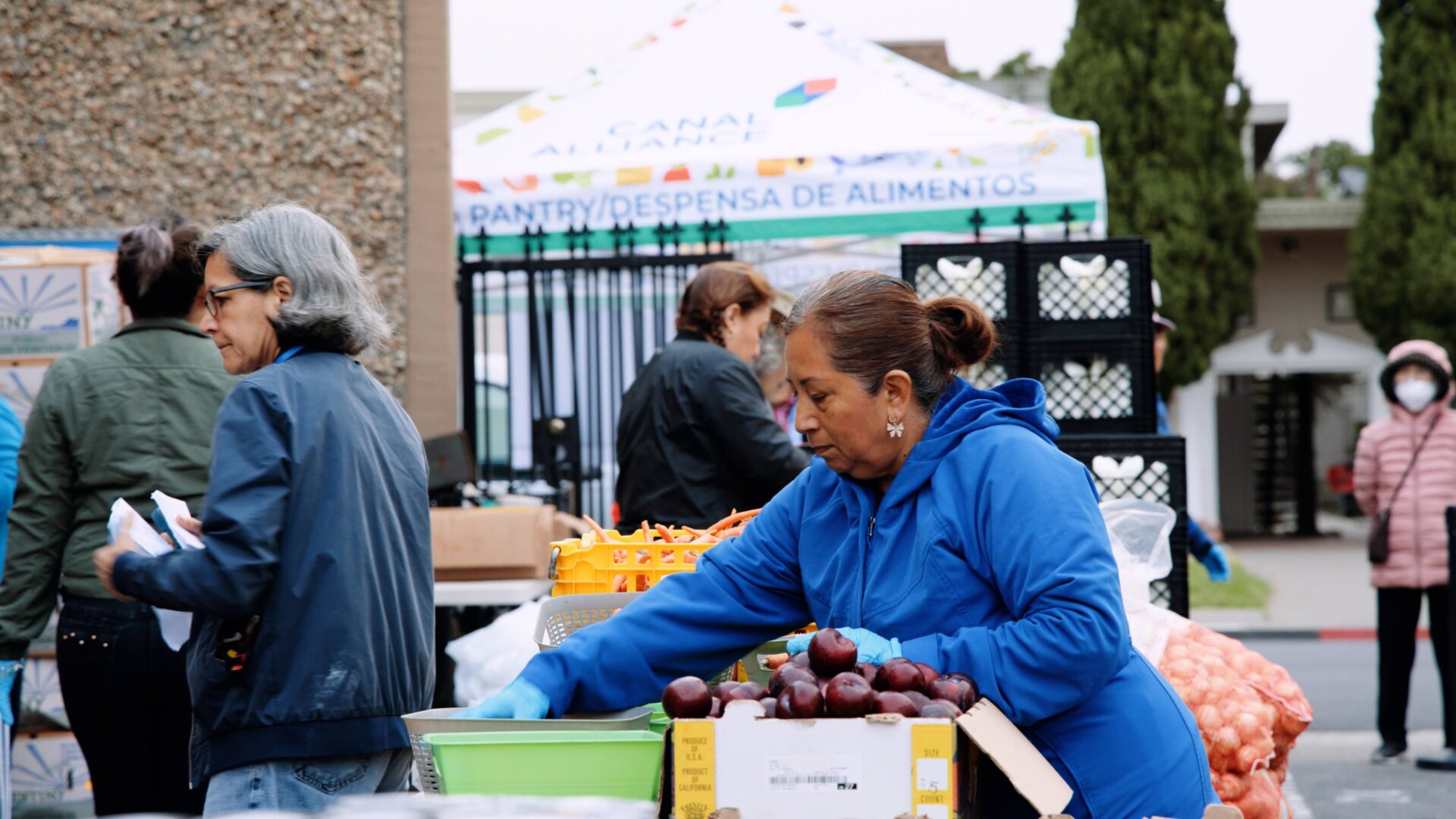
Breaking the Cycle of Poverty
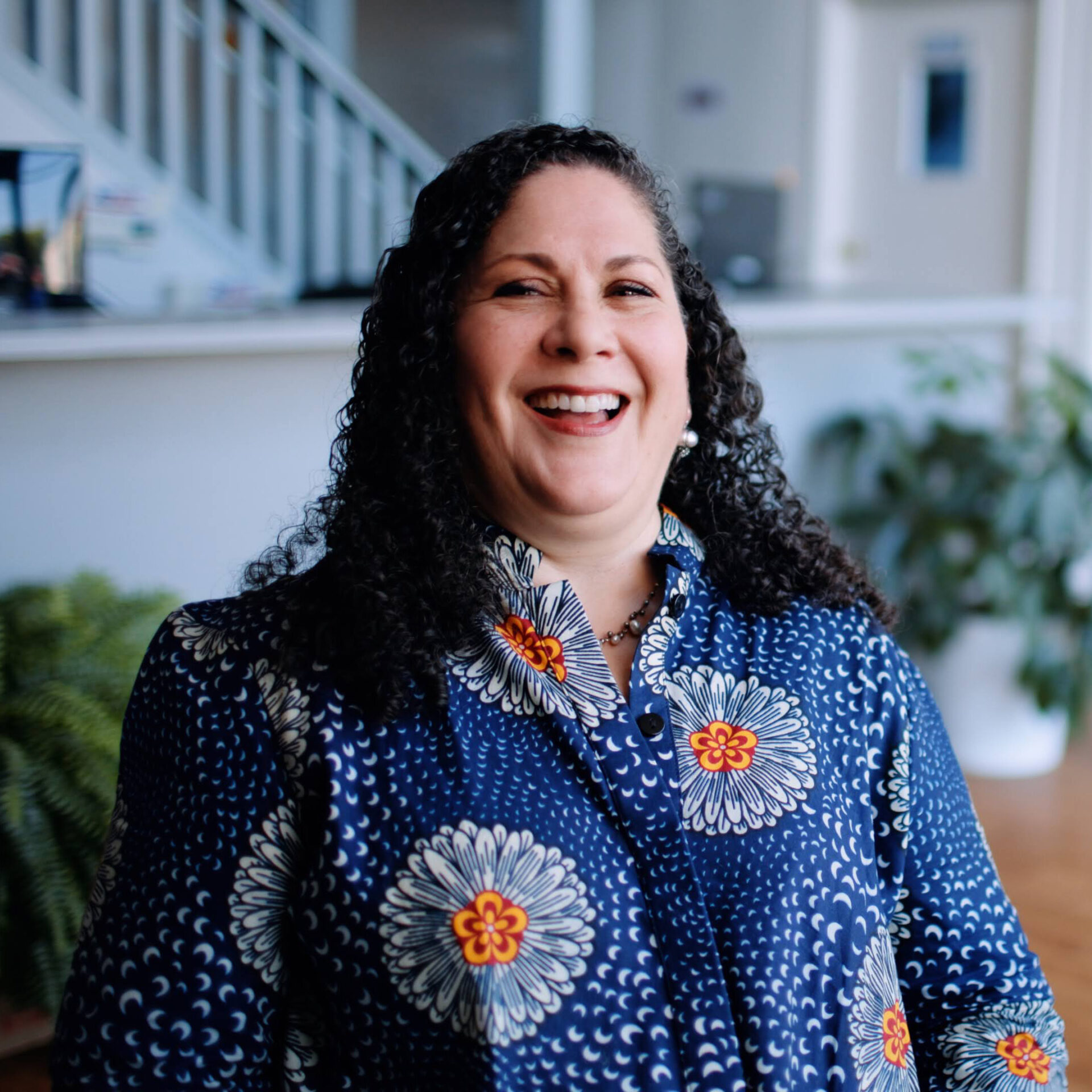
The pantry’s neighborhood, the Canal area, is one of the most segregated in the Bay Area. More than 90 percent of residents are Latinx, and nearly half live below the federal poverty level—despite the neighborhood’s location in the largely white and affluent Marin County.
Laura Jiménez-Diecks, Supervisor of Community Programs at Canal Alliance, told us: “One of the main things we try to do is to help immigrants break the generational cycle of poverty. Everyone in this county deserves to achieve their dreams, regardless of immigration status, regardless of where you’re coming from.” Besides putting food on tables, the Canal Alliance helps its neighbors learn English, gain job skills, prepare for and complete college, access health resources and MediCal, and navigate immigration law.
It All Starts with Food
“The food pantry is the entry point for all services at Canal Alliance,” Laura said. People in line for the pantry, she explained, “come up to us and say, ‘There’s this paper that I received in the mail. I don’t understand it. Can you help me see what it says?’ Or ‘I just got a job offer, but I need to fill out this application.’ They know we’re here, and they know we’re accessible to them. And it all starts with food and the connection to it.”
The Canal Alliance Food Pantry is one of 250 neighborhood pantries in the Food Bank network, but the partnership between the two organizations goes beyond sharing food. For example, Canal Alliance coordinates with the Food Bank to help its neighbors apply for CalFresh benefits (food stamps) and to advocate for state and local policy changes that can help end poverty and hunger.
Creating a New Home
“Canal Alliance’s goal is to help everyone create a new home. And what better way to start building that than by having the sustainability of food at your table,” Laura said. “That’s where the partnership between the Food Bank and Canal Alliance is so important.”
She added: “People sometimes just think of food as this one thing they just pick up, wash and consume. But it’s much more than that. So much more than that…. Food is so central to connection and dialogue and offering love. Latinos do offer love through food.”
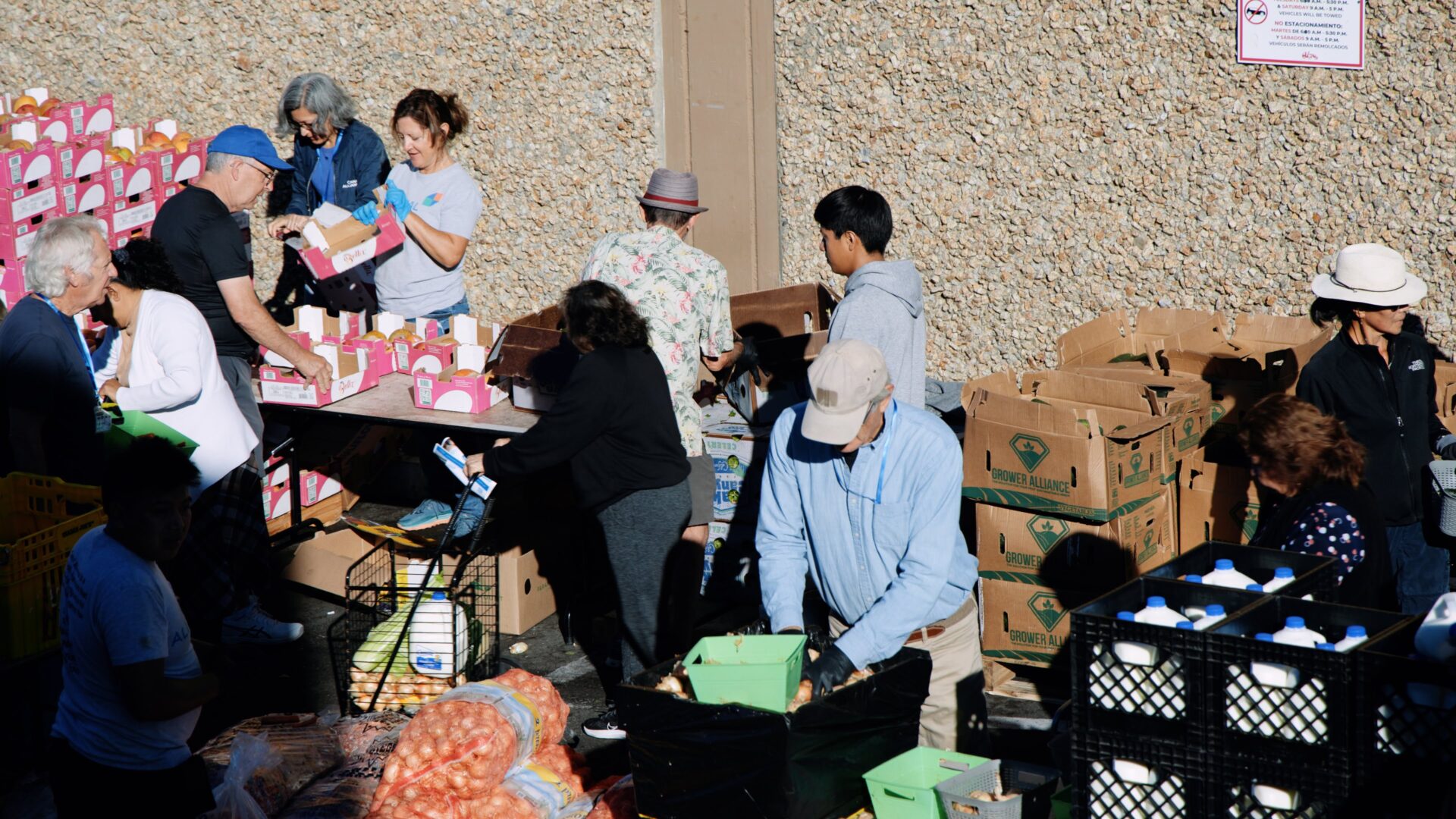
Support Canal Alliance
We couldn't do our work without the partnership of organizations like Canal Alliance. Learn more about their services.
Learn More


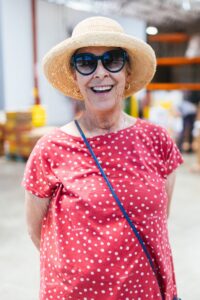 Carolyn Golden’s relationship with the Food Bank goes way back – back to the beginning, in fact. Prior to the merge of the Marin Food Bank and the San Francisco Food Bank in 2011, Carolyn saw an advertisement in the newspaper for a Marin Food Bank food drive.
Carolyn Golden’s relationship with the Food Bank goes way back – back to the beginning, in fact. Prior to the merge of the Marin Food Bank and the San Francisco Food Bank in 2011, Carolyn saw an advertisement in the newspaper for a Marin Food Bank food drive.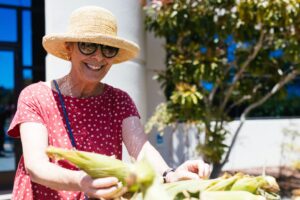 network of 350 partner organizations across San Francisco and Marin, the quality and scale of Food Bank operations has grown drastically. Through it all, Carolyn’s partnership has grown alongside it.
network of 350 partner organizations across San Francisco and Marin, the quality and scale of Food Bank operations has grown drastically. Through it all, Carolyn’s partnership has grown alongside it. 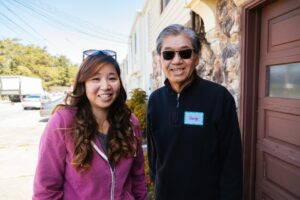
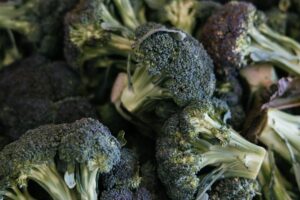 about his health and also wanted to make sure that he didn’t lose access to the pantry’s services if he was still in need of the food. That’s when I remembered that included in the handwritten card that his granddaughter had given me, was her mom’s contact info.
about his health and also wanted to make sure that he didn’t lose access to the pantry’s services if he was still in need of the food. That’s when I remembered that included in the handwritten card that his granddaughter had given me, was her mom’s contact info. 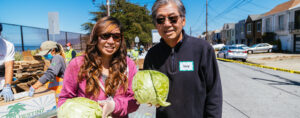
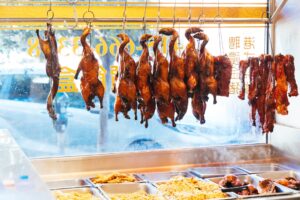 below. Next door, another restaurant dishes up steaming, juicy xiao long bao.
below. Next door, another restaurant dishes up steaming, juicy xiao long bao.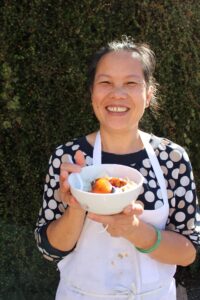 down restaurants all over the Bay Area and put her and thousands of others out of work. As a single parent raising a high schooler, putting another daughter through college, and helping support her eldest daughter at the time, Ming needed some support of her own. Ever since, these weekly groceries from the pantry near her work have remained a crucial time- and money-saver for this busy mom.
down restaurants all over the Bay Area and put her and thousands of others out of work. As a single parent raising a high schooler, putting another daughter through college, and helping support her eldest daughter at the time, Ming needed some support of her own. Ever since, these weekly groceries from the pantry near her work have remained a crucial time- and money-saver for this busy mom. 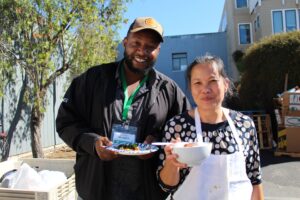 volunteers make their way over, dishing up portions buffet-style and gathering around the foldout table. Turns out, it’s not only Ming’s family that she’s bringing together over food.
volunteers make their way over, dishing up portions buffet-style and gathering around the foldout table. Turns out, it’s not only Ming’s family that she’s bringing together over food.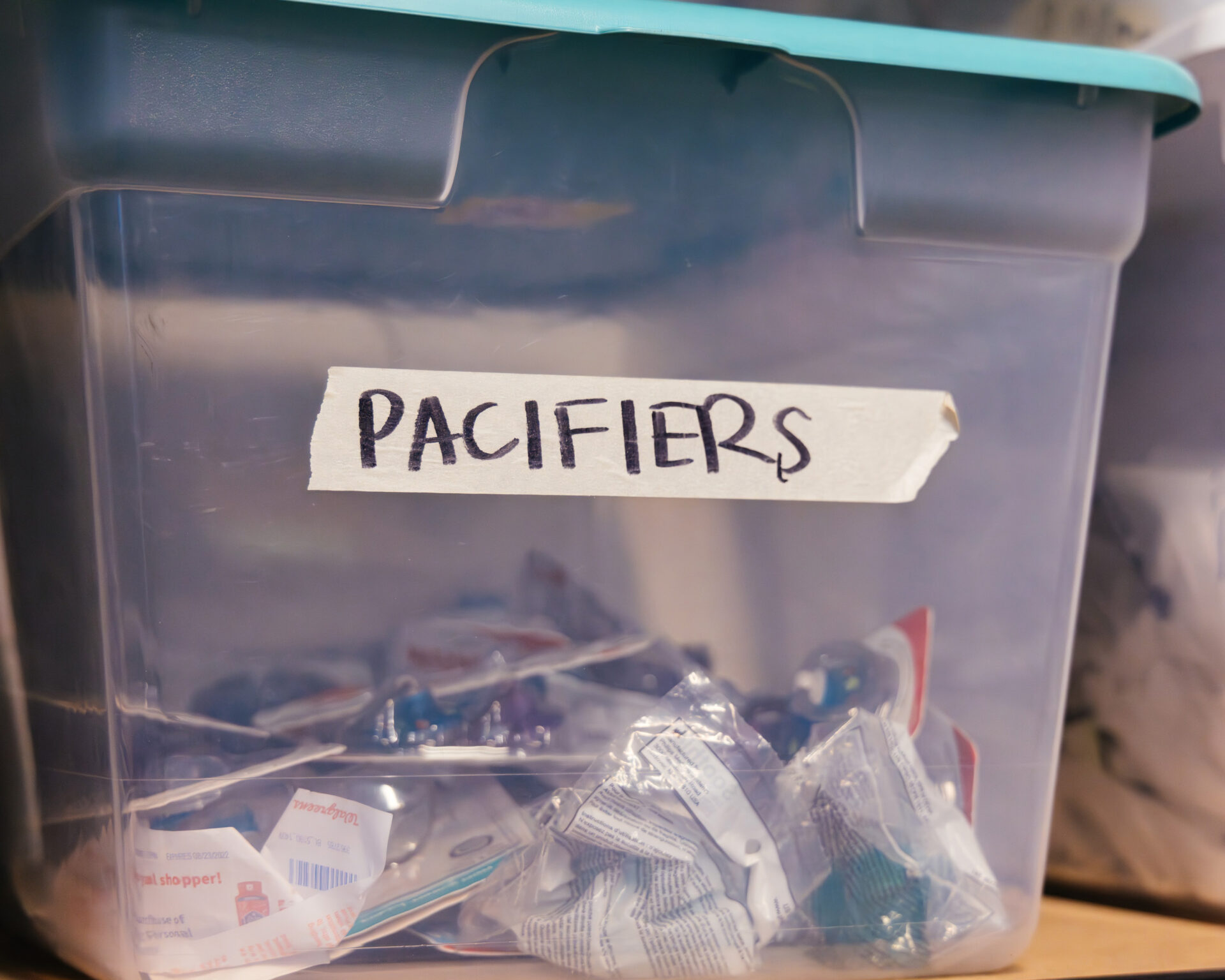


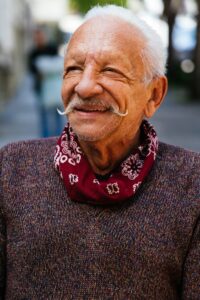 40 years, an activist, and a pantry participant since 2020 in his neighborhood of the Western Addition. He’s also one of roughly 101,000 CalFresh (known as SNAP federally) recipients in San Francisco who saw their grocery budget decimated overnight. This is due to the federal government’s decision to cut emergency allotments, which boosted CalFresh benefits by an average of $160 for recipients in San Francisco during the pandemic. That’s a loss of nearly $12 million a month in food assistance for our neighbors.
40 years, an activist, and a pantry participant since 2020 in his neighborhood of the Western Addition. He’s also one of roughly 101,000 CalFresh (known as SNAP federally) recipients in San Francisco who saw their grocery budget decimated overnight. This is due to the federal government’s decision to cut emergency allotments, which boosted CalFresh benefits by an average of $160 for recipients in San Francisco during the pandemic. That’s a loss of nearly $12 million a month in food assistance for our neighbors.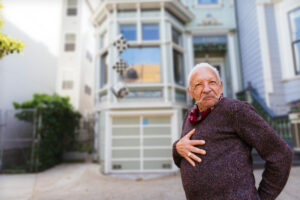 For Miguel, his CalFresh benefits were a supplemental support that helped him stretch his budget and extend a little kindness to other friends who were struggling during the throes of the pandemic. “I was able not only to get things for myself, but I was able to invite friends to get food with me so we can have dinner together. I did it with two friends, maybe every two weeks. Eating alone is not really the best thing. Having company and being able to provide something a little extra, that was very nice. It really made a difference for me and my friends.”
For Miguel, his CalFresh benefits were a supplemental support that helped him stretch his budget and extend a little kindness to other friends who were struggling during the throes of the pandemic. “I was able not only to get things for myself, but I was able to invite friends to get food with me so we can have dinner together. I did it with two friends, maybe every two weeks. Eating alone is not really the best thing. Having company and being able to provide something a little extra, that was very nice. It really made a difference for me and my friends.”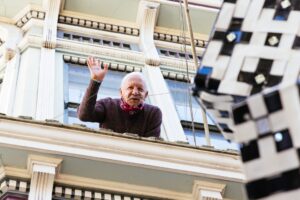 leave food banks to pick up the slack, it’s essential that the Food Bank maintains access to the fresh produce, proteins, and grains that 53,000 neighbors rely on weekly to nourish themselves. “The benefit is greater than just food,” Miguel explained to us. “At my age, I don’t think there’s any stigma – I encourage other people to apply for these services. I have diabetes, so I have to be careful about what I’m eating. And besides the food, I can use the money [I save] on other things that are beneficial for my health or enjoyment. It’s a ripple effect; it magnifies your life in all these positive ways.”
leave food banks to pick up the slack, it’s essential that the Food Bank maintains access to the fresh produce, proteins, and grains that 53,000 neighbors rely on weekly to nourish themselves. “The benefit is greater than just food,” Miguel explained to us. “At my age, I don’t think there’s any stigma – I encourage other people to apply for these services. I have diabetes, so I have to be careful about what I’m eating. And besides the food, I can use the money [I save] on other things that are beneficial for my health or enjoyment. It’s a ripple effect; it magnifies your life in all these positive ways.”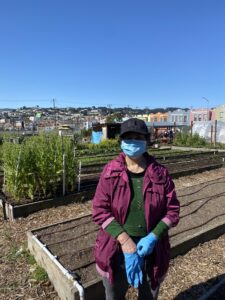
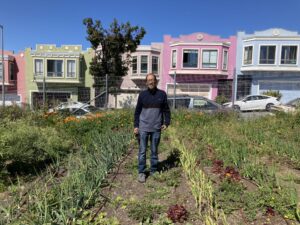 her history of civic contribution.
her history of civic contribution. 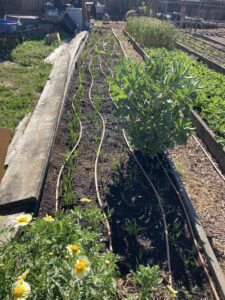 app] to stay in touch after leaving the farm.
app] to stay in touch after leaving the farm. 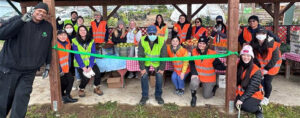 As partners reopen, “we’re reaching out to neighbors [currently enrolled in Food Bank-run pantries] to let them know they have a choice to return to their neighborhood pantry,” said Tina Gonzales, Director of Community Partnerships at the Food Bank. “When a pantry reopens, it’s exciting for people who used to go there – that’s their community.” Plus, pantries run by our partners will help us scale back our large Food Bank-run sites (which opened during the pandemic to meet the increased need, and are nearly all at capacity), making them smaller and more manageable.
As partners reopen, “we’re reaching out to neighbors [currently enrolled in Food Bank-run pantries] to let them know they have a choice to return to their neighborhood pantry,” said Tina Gonzales, Director of Community Partnerships at the Food Bank. “When a pantry reopens, it’s exciting for people who used to go there – that’s their community.” Plus, pantries run by our partners will help us scale back our large Food Bank-run sites (which opened during the pandemic to meet the increased need, and are nearly all at capacity), making them smaller and more manageable. 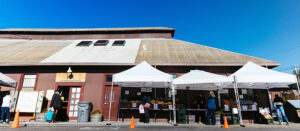 The town of Pt. Reyes Station itself is, by all accounts, pretty tiny. But the reach of local community hub and Food Bank partner
The town of Pt. Reyes Station itself is, by all accounts, pretty tiny. But the reach of local community hub and Food Bank partner 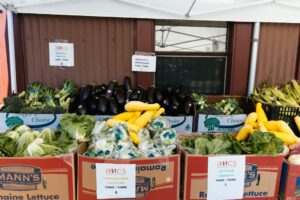
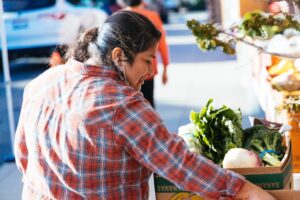 During the intense flooding back in December, “People were saying, ‘We have no power, we lost everything in the fridge,’” Alma shared. “Those days we were very busy, and we operated with no power. We had a generator, and we plugged in everything and continued [all our services]. People were so happy that we had food.”
During the intense flooding back in December, “People were saying, ‘We have no power, we lost everything in the fridge,’” Alma shared. “Those days we were very busy, and we operated with no power. We had a generator, and we plugged in everything and continued [all our services]. People were so happy that we had food.”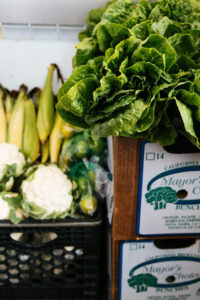 income families in West Marin with unexpected expenses,” shared Yareli Cervantes, Emergency Assistance Program Manager at WMCS. “Just by serving food, we’re able to really get to know people and identify their needs. It opens up the conversation for them to come seek out financial assistance.”
income families in West Marin with unexpected expenses,” shared Yareli Cervantes, Emergency Assistance Program Manager at WMCS. “Just by serving food, we’re able to really get to know people and identify their needs. It opens up the conversation for them to come seek out financial assistance.”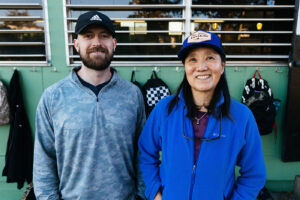 an after-school program for mainly 6
an after-school program for mainly 6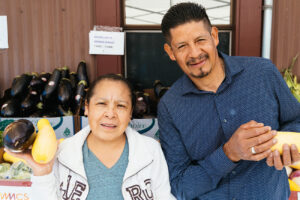 provide tailored services for the needs of their communities
provide tailored services for the needs of their communities 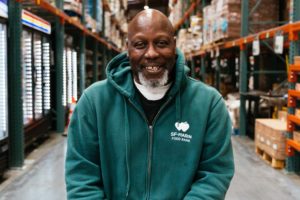 Step onto the shop floor at the Pennsylvania Warehouse and you’ll be greeted by racks filled with just about every item under the sun: fresh fruits and vegetables (of course), canned beans and proteins, fresh breads and pastries, eggs, frozen proteins like chicken breasts, and assorted dry, fresh, and frozen grocery items from supermarkets all over San Francisco.
Step onto the shop floor at the Pennsylvania Warehouse and you’ll be greeted by racks filled with just about every item under the sun: fresh fruits and vegetables (of course), canned beans and proteins, fresh breads and pastries, eggs, frozen proteins like chicken breasts, and assorted dry, fresh, and frozen grocery items from supermarkets all over San Francisco. 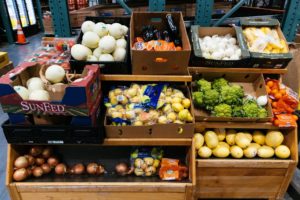 Henry says that lately, “demand is very high, with a limited supply,” because of inflation and supply chain issues, driving home the need for continued support from our community as we strive to keep our shop floor racks full for our neighbors and partners.
Henry says that lately, “demand is very high, with a limited supply,” because of inflation and supply chain issues, driving home the need for continued support from our community as we strive to keep our shop floor racks full for our neighbors and partners.
Share